Electric Truck News
Winter usage tips for new energy vehicles with large battery capacity and extended-range
Posted on by Electric Trucks
As winter arrives, the cold temperatures bring unique challenges for owners of new energy vehicles with large battery capacity and extended-range. In this season, extremely low temperatures can have a significant impact on the performance and usability of these vehicles. Understanding how to properly use and care for them during winter is essential to ensure a smooth driving experience and maximize their efficiency.
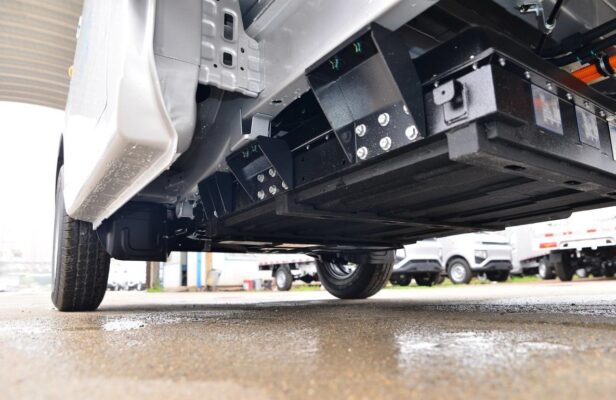
In winter, the temperature is low. This has a profound effect on the power battery of new energy vehicles. Extremely low temperatures will lead to a decrease in the activity of the power battery. The chemical reactions within the battery slow down, resulting in reduced power output and capacity. This not only affects the vehicle’s acceleration and top speed but also impacts its range. Additionally, the charging time will be relatively longer as the battery needs more time to absorb and store energy in the cold conditions.
At the same time, due to power-consuming behaviors such as using the heater, the range in “pure electric condition” will decrease. The heater in a new energy vehicle consumes a significant amount of electrical energy to keep the cabin warm. This additional power consumption reduces the available energy for driving, further shortening the vehicle’s range.
The following introduces the winter usage tips of “new energy vehicles with large battery capacity and extended-range” to guide users to use the vehicle efficiently.
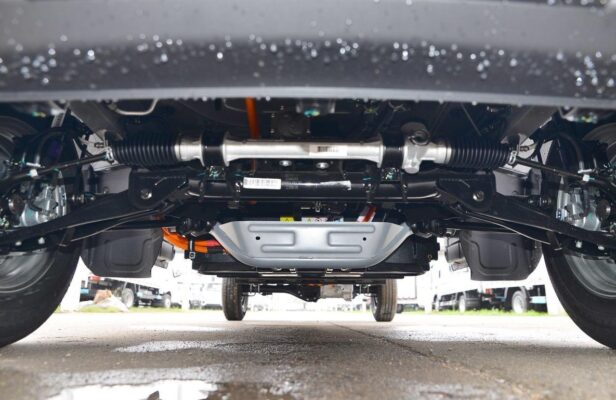
I. Vehicle parking
In winter, the temperature at night is extremely low. This can have a negative impact on the vehicle’s battery and overall performance. Users with conditions should choose an underground parking lot as much as possible or park the vehicle in a place sheltered from the wind and frost-proof.
An underground parking lot provides a relatively stable temperature environment. It is warmer than outdoor spaces and protects the vehicle from the harsh cold winds and frost. This helps to maintain the battery’s temperature and reduces the degree of battery degradation. When the battery is kept at a more moderate temperature, it can perform better and retain its charge more effectively.
For example, if a vehicle is parked outdoors in freezing temperatures overnight, the battery may lose a significant amount of charge due to the cold. On the other hand, if parked in an underground parking lot, the battery’s temperature is less likely to drop drastically, and the vehicle may start more easily and have a longer range the next day.
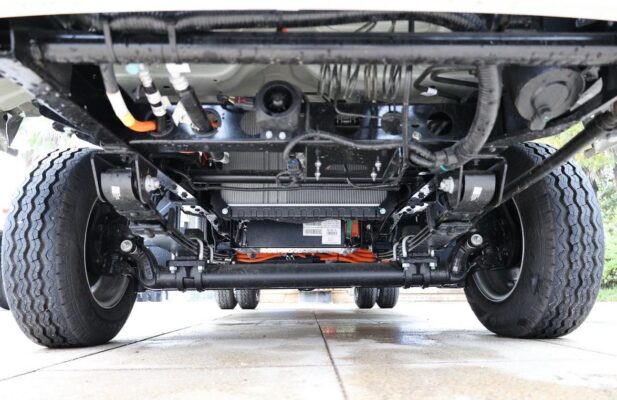
Parking in a sheltered place also helps protect the vehicle from other winter hazards. Wind can cause damage to the vehicle’s exterior and may even move lightweight objects that could potentially hit the vehicle. Frost can accumulate on the windshield and windows, making it difficult to see and requiring extra time to defrost in the morning. By parking in a sheltered location, these issues can be minimized.
II. Vehicle travel preparation
In the case of low battery power and low temperature, the driving speed and acceleration of the vehicle will slightly decrease. The reduced activity of the battery at low temperatures means that it cannot provide as much power as it would in warmer conditions. This leads to a slower acceleration and a lower top speed. Drivers need to be aware of these changes and adjust their driving style accordingly.
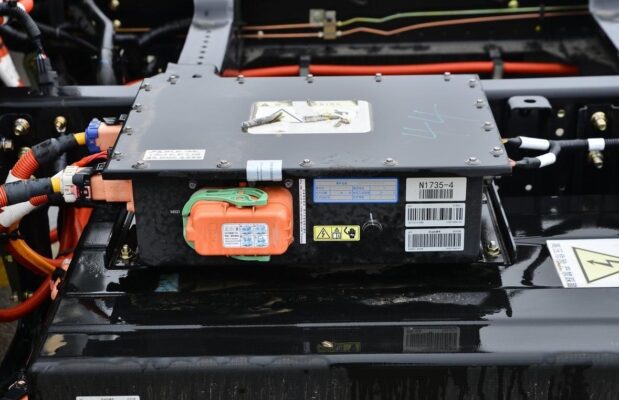
At the same time, when the cell temperature is too low, the charging time is longer. This is because the battery needs more time to warm up and accept the charge. It is important for users to plan their charging times accordingly to ensure that the vehicle is fully charged before they need to use it.
After the user’s operation on the same day, the cell temperature is relatively high. It is recommended to charge the vehicle at this time. When the battery has been in use, it generates some heat, which raises its temperature. Charging the vehicle while the battery is still warm can be more efficient as the battery can accept the charge more quickly. This also helps to ensure that the remaining power of the power battery is more than 60% before departure the next day. Having a sufficient charge level in the battery is crucial for a reliable and comfortable journey.
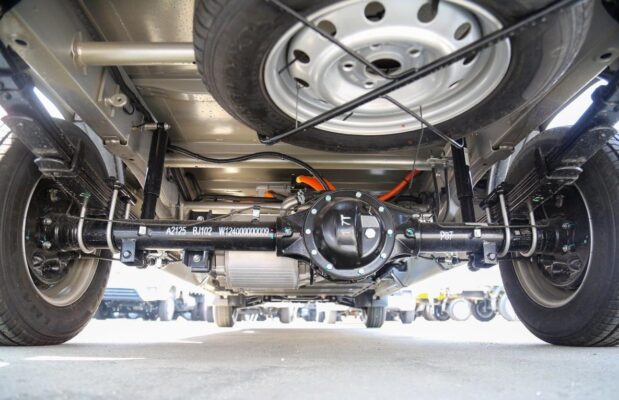
In addition, this vehicle has a “low-temperature intelligent recognition function”. When the ambient temperature is <5°C, after the vehicle recognizes the ambient temperature, it automatically adjusts the charging strategy of the range extender. This feature is designed to optimize the performance of the vehicle in cold weather. When the battery power is less than 75%, the range extender starts to charge and keeps the vehicle’s power between 40% and 75%. This helps to ensure that the vehicle has enough power to operate even in extremely cold conditions.
In winter, in order to ensure the normal operation of the vehicle at low temperatures, the remaining battery power is relatively high, and the vehicle’s fuel consumption conditions increase, and the fuel consumption of the entire vehicle will increase slightly. The range extender needs to work harder to maintain the battery’s charge level and provide power to the vehicle. This results in a slight increase in fuel consumption. However, this is a necessary trade-off to ensure the vehicle’s performance and reliability in cold weather. After the ambient temperature rises, the fuel consumption will automatically decrease as the battery’s performance improves and the need for the range extender to work as hard decreases.
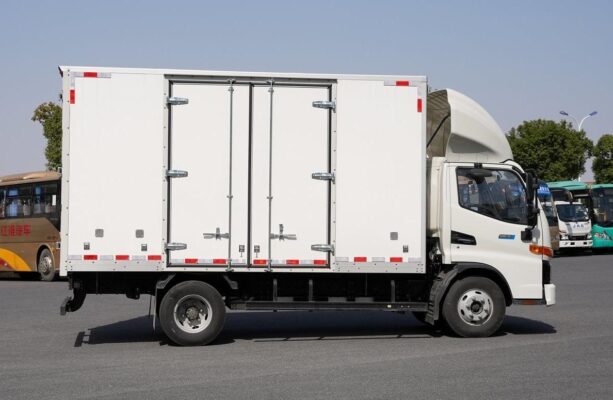
III. Steady driving of the vehicle
Electric vehicles have large torque, quick response and good acceleration. However, in winter, it is important to maintain good driving habits. Stepping on the accelerator pedal slowly and starting and accelerating gently is crucial. Avoid stepping on the accelerator pedal hard and having the vehicle speed be fast and slow.
Hard acceleration and sudden changes in speed can put a strain on the battery and reduce its efficiency. In cold weather, the battery is already under stress due to the low temperature. Aggressive driving can further exacerbate this stress and lead to a greater reduction in range.
By driving steadily and smoothly, the battery’s power consumption can be minimized. This not only helps to extend the vehicle’s range but also makes for a more comfortable driving experience. It also reduces the wear and tear on the vehicle’s components, prolonging its lifespan.
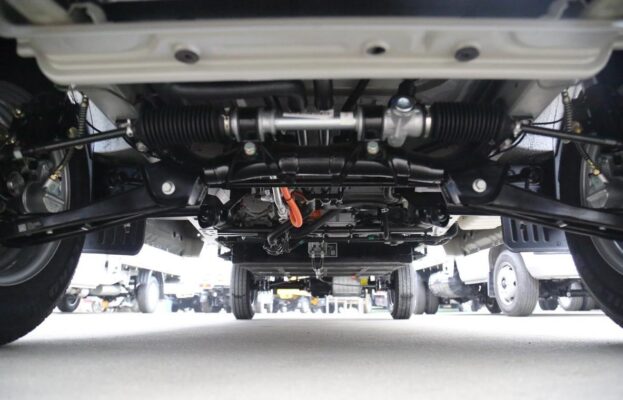
For example, if a driver constantly accelerates hard and then brakes suddenly, the battery has to supply a large amount of power quickly and then recharge when braking. This repeated cycle of high power demand and regeneration can put a significant strain on the battery. On the other hand, if the driver maintains a steady speed and anticipates stops and starts, the battery can operate more efficiently.
In conclusion, owning a new energy vehicle with large battery capacity and extended-range comes with its own set of challenges in winter. However, by following these usage tips, users can ensure that their vehicle performs well and remains reliable throughout the cold season. From choosing the right parking spot to preparing for trips and driving steadily, these measures can help maximize the vehicle’s efficiency and range while minimizing the impact of cold weather on its performance.